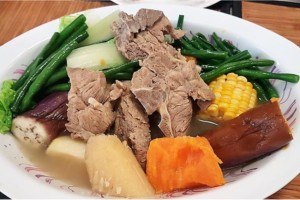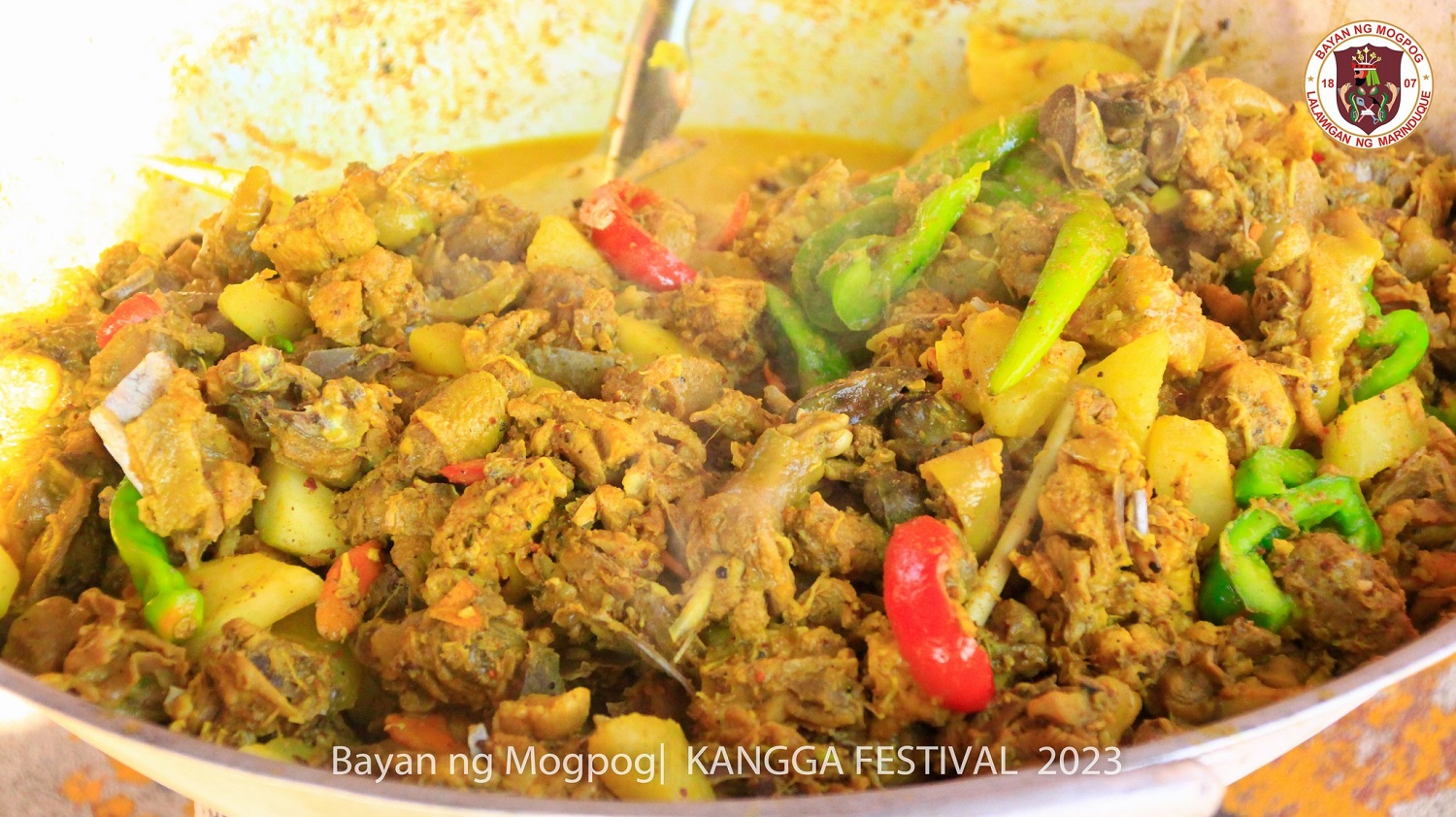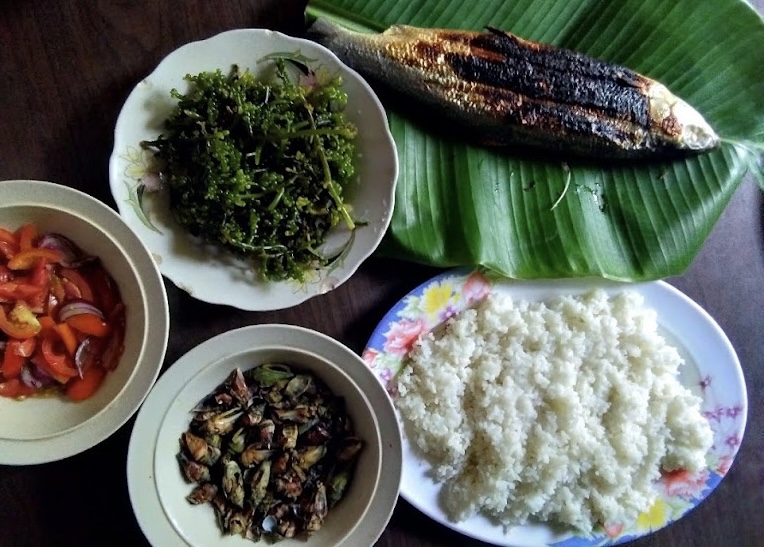We all know that if there’s one thing Filipinos love to do, it’s to eat. But due to the arrival of the El Niño weather patterns, it would likely be a lot harder to put food on the family dinner table in the coming months.
As harvests of rice, corn, sugarcane, fruits and vegetables dwindle, price increases are certain to create disruptions and wreak havoc on the food supply.
There are ways to deal with such a crisis. And what better way to help reduce the severity of food shortages and price escalations than growing fruits and vegetables in our homes’ backyards, balconies and community gardens?

President Ferdinand “Bongbong” Marcos Jr. urged Filipinos in March to support fruit and vegetable production in cities and towns in an effort to address the problems on food supply and prices.
At the launch of the urban agriculture program of the Department of Agriculture (DA) and Department of the Interior and Local Government (DILG) at Rizal Park in Manila, President Marcos Jr. said the fusion of DA and DILG’s urban farming practices would enable the government “to quickly and effectively promote urban agriculture in the entire country and to foster greater ties among residents in the barangay level.”
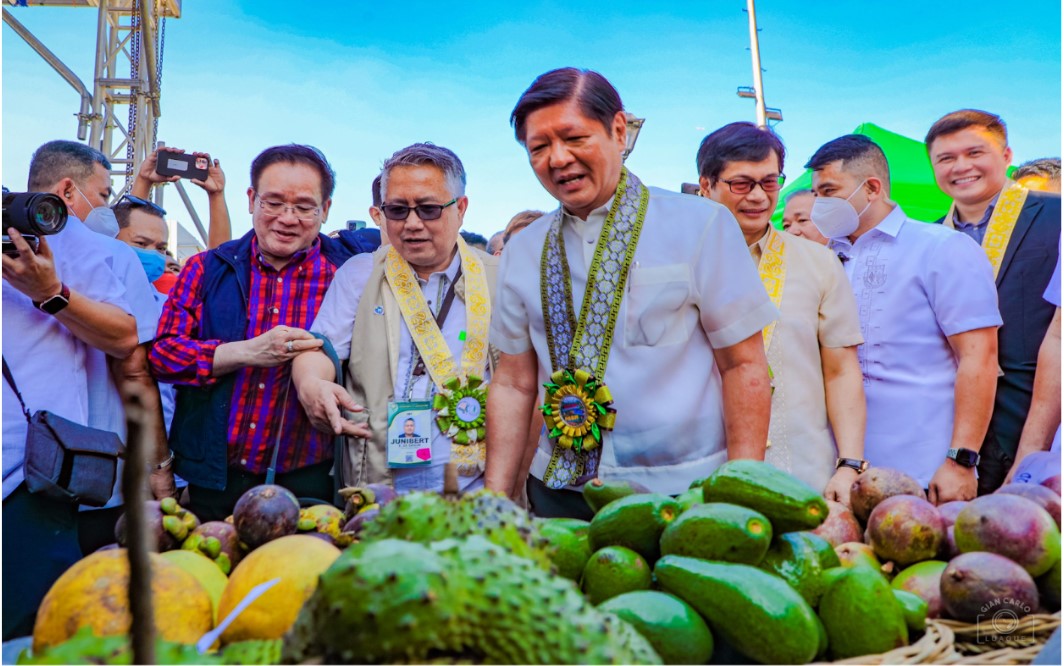
The Halina’t magtanim ng Prutas At Gulay, Kadiwa’y Yaman, Plants for Bountiful Barangays Movement (Hapag Kay PBBM) combined two programs of the DA and the DILG.
For the DA’s part, its program aims to augment production of fruits and vegetables by turning urban, peri-urban, and rural areas into patches of green, edible landscapes.

This program encourages the people to grow their own food and other kitchen ingredients close to home, which improves access to affordable, safe, nutritious meals every day.
On the other hand, DILG’s program seeks to put up community gardens in every village to diversify food sources and to contribute to food security within each neighborhood.
“Growing your own food” is something the Philippines has done well in the past, particularly in times of national need. The government’s “Green Revolution” campaign during the El Niño years in the 1970s encouraged people to grow their own food. As a result, a great bulk of the country’s drought time fruit and vegetable supply was grown by households.
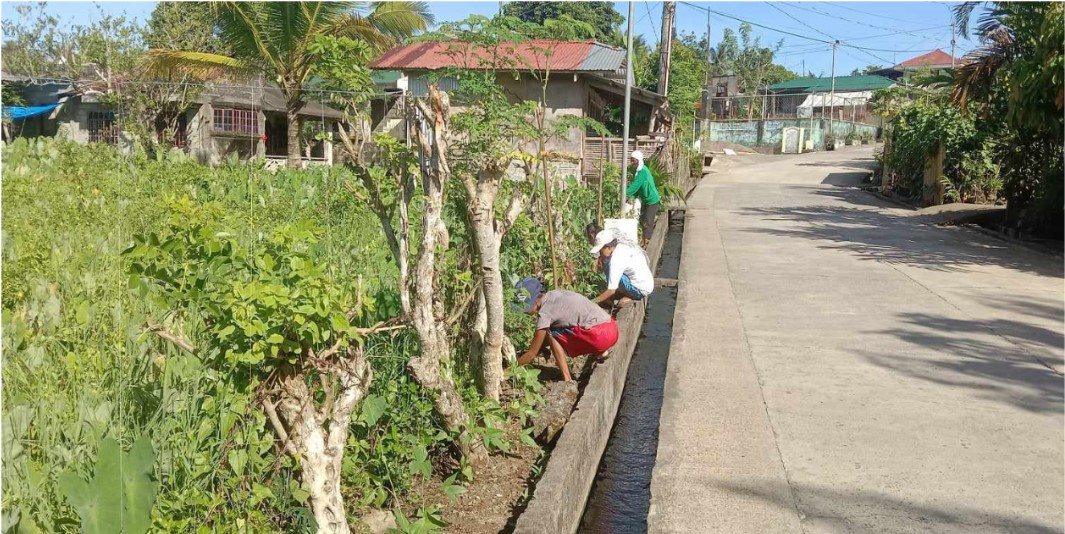
Joan Beo takes pride in being able to eat the fruits and vegetables that she wanted without worrying much about the cost.
“I grow my food and kitchen ingredients in the community garden in our village,” she said.
Beo and her husband are residents of Barangay JMA Poniton in Virac, Catanduanes.
In recent months, the people of Catanduanes set up 184 fruit and vegetable gardens in various villages.

The crops included tomatoes, pechay and lettuce. Some of these crops (tomato and green onion) have been affected by the ongoing shortages. The shortage and price hikes dealt a blow to their finances.
And that has changed, radically, the way the couple sourced their food.

Suitable for every Filipino
Beo and the people of Catanduanes should not be alone in making the big change.
HAPAG KAY PBBM has been designed to be more inclusive –not just for the green thumbs of Catanduanes, but for Filipinos of all backgrounds and abilities.
Developed as a one-size-fits-all answer to the looming food shortage, the enhanced urban gardening program is suitable for everyone. (EB - PIA V Catanduanes)
